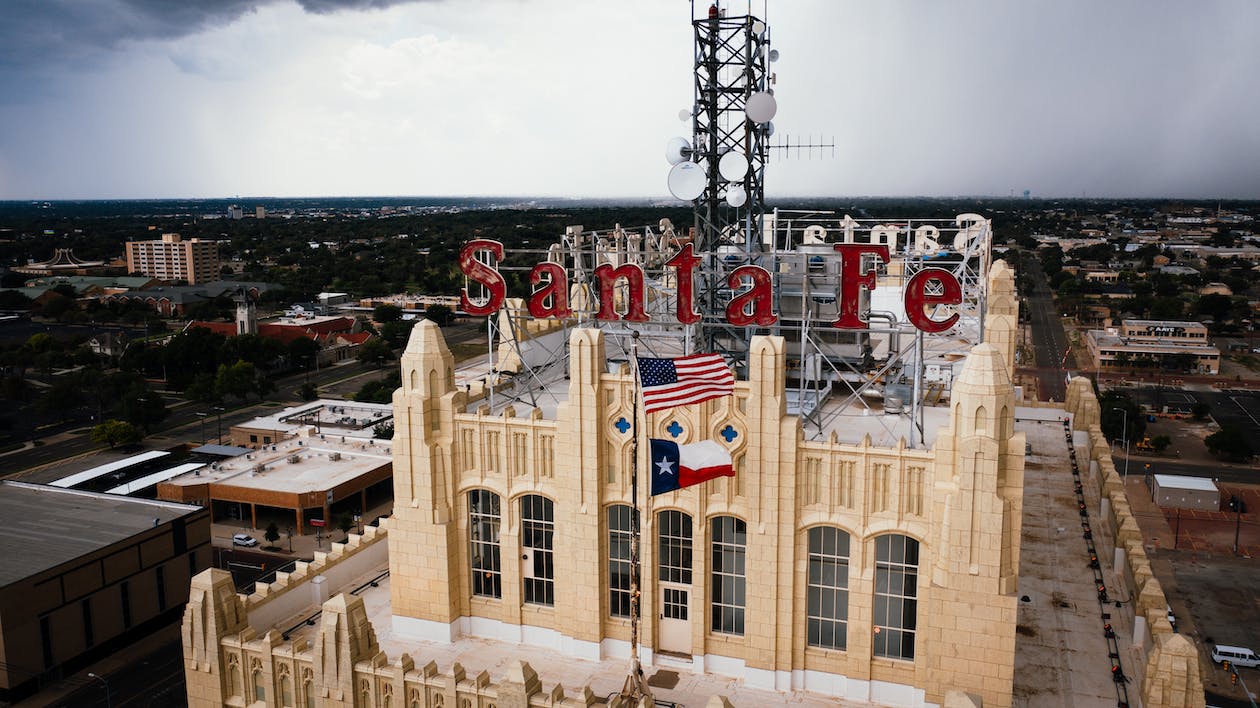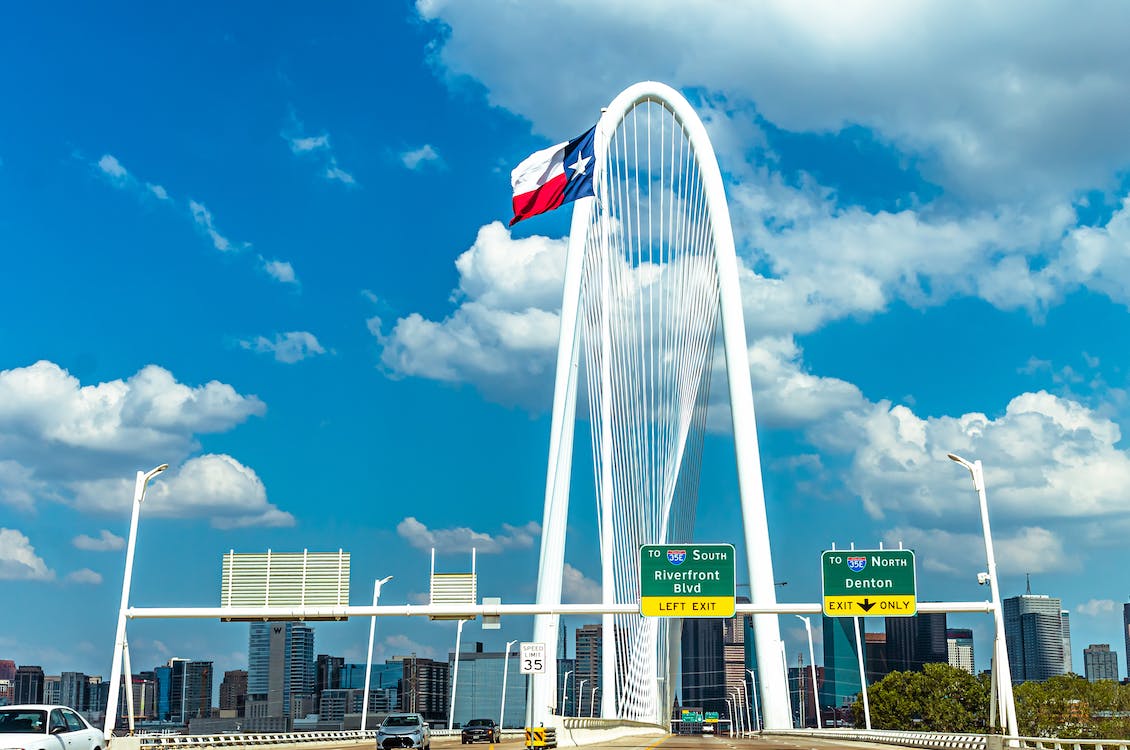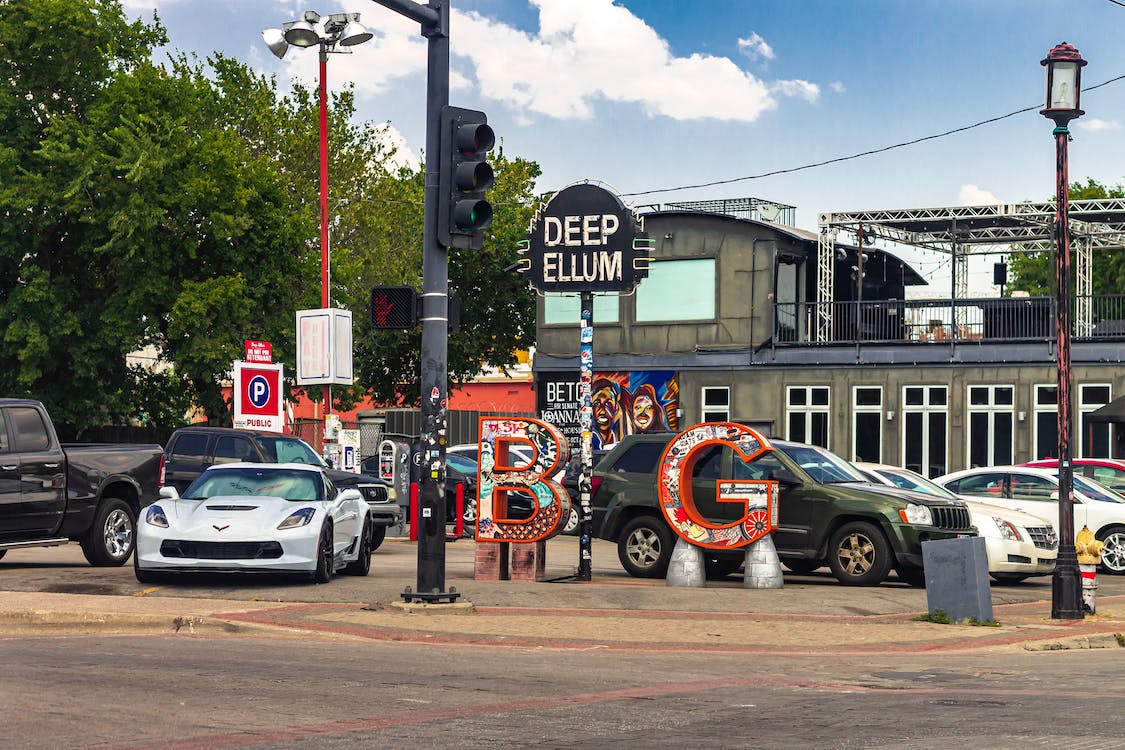
Texas, the second-largest state in the US, offers a diverse range of cultural experiences, natural beauty, and bustling economic activity. However, like any other region, it also has its share of dangerous cities that pose risks to the safety and well-being of their residents. This article will focus on shedding light on some of these most dangerous cities in the Lone Star State, providing insights based on crime rates, violent incidents, and other relevant factors.
An understanding of the safety and security of Texas cities is crucial for anyone planning to visit, move or establish a business in the state. It’s important to be aware of the potential hazards and risks associated with living or traveling through certain areas. Some of the cities that have consistently ranked high in crime and violence include Bellmead, Humble, Lubbock, Bastrop, and Palmview.
In the subsequent sections, we will delve into the crime statistics, unique factors, and trends contributing to the dangerous reputation of these Texas cities. Armed with this information, readers can make informed decisions about their personal safety and well-being when navigating the complex landscape of urban Texas.

Most Dangerous Cities in Texas
Texas, a state known for its vast land and diverse communities, unfortunately, also hosts some cities with higher crime rates. In this section, we will discuss the most dangerous cities in Texas based on available data and statistics.
Bellmead is considered the most dangerous city in Texas due to its highest violent crime rate of 12.79 per thousand residents. This crime rate per square mile is nearly double the state’s average, making it a notable area of concern. Moreover, Bellmead has maintained its status as the most dangerous place in Texas for years.
Another city with a high crime rate is Humble, which has a property crime rate of 100.37 per thousand residents. This city’s focus should be on improving security measures and reducing property-related offenses.
Moving on, we have Lubbock, with a violent crime rate of 658 incidents per 100,000 inhabitants. This city is the second most dangerous in Texas in terms of violent crimes, following only Odessa.
Odessa, a city known for its higher violent crime rates, has 806 incidents per 100,000 inhabitants, which is significantly higher than Lubbock and other cities in Texas.
Some other cities with relatively high crime rates in Texas include Webster, Amarillo, Aransas Pass, Alice, and Dallas. These cities should take necessary measures to address the crime rates and ensure the safety of their residents.
In conclusion, it’s important to be aware of the crime rates in these Texas cities for making an informed decision before settling or visiting. Focusing on improving safety and security can help combat crime rates and make these cities safer for everyone.

Crime Rates and Statistics
Violent Crimes
Texas has several cities with concerning crime rates. Bellmead is the most dangerous city in the state when it comes to violent crimes, with a rate of 12.79 per thousand residents and 1,294 violent crimes per 100,000 residents. Odessa is another city with a significantly higher crime rate than the national average, making it one of the most dangerous cities in Texas.
Property Crimes
The property crime rate in Texas also varies across different cities. Bellmead has a high property crime rate, with 6,196 property crimes per 100,000 residents. In 2018, residents of Bellmead faced a 1 in 4 chance of being a victim of theft or arson. Palmview, a city near the Mexican border, also has a high crime rate and is considered one of the most dangerous cities in Texas due to its high poverty rate.
- Bellmead: 6,196 property crimes per 100,000 residents
- Palmview: High property crime rate and poverty rate

Factors Contributing to Crime
There are several factors that contribute to the high crime rates in some of the most dangerous cities in Texas, including socioeconomic issues and lack of resources.
Poverty and Unemployment: A study by the Brookings Institution revealed a link between high crime rates and poverty. Cities such as Odessa, which top the list as the most dangerous city in Texas, struggle with widespread poverty, leading to an increase in criminal activity. High levels of unemployment and low wages in certain areas also contribute to the crime rates, as individuals are driven to illegal activities out of necessity.
Lack of Rehabilitation Programs: Many of the most dangerous cities in Texas have insufficient resources and support systems for individuals who are struggling with substance abuse or mental health issues. Without proper rehabilitation programs, these individuals are more likely to engage in criminal activities, further exacerbating the problem.
Growth in Population and Urbanization: As cities in Texas continue to grow and urbanize, the concentration of people in a specific area may create opportunities for criminal activities to thrive. Larger cities, such as Houston and Dallas, witness higher crime rates due to their population density and the challenges that come with managing a bigger populace.
Resource Distribution: Limited law enforcement resources in some Texas cities might contribute to the rise in crime rates. Insufficient police presence or funding might lead to certain areas having a lower ability to respond effectively to criminal activity, making them hotspots for crime.
Addressing these factors and implementing targeted solutions and prevention methods can play a significant role in reducing crime rates and ensuring safer communities in Texas.

Steps Taken by Law Enforcement
Community Policing Initiatives
In an effort to combat crime in the most dangerous cities in Texas, law enforcement agencies have implemented a variety of community policing initiatives. These efforts typically involve working closely with local residents and community organizations to address the root causes of crime and improve overall safety. For example, some initiatives may include:
- Establishing neighborhood watch programs
- Hosting community meetings and events to promote open communication between officers and citizens
- Collaborating with local organizations to create and implement crime prevention strategies
- Offering education and resources on personal safety, property protection, and reporting crimes
Through these community-based approaches, law enforcement aims to develop a stronger relationship with citizens and create a safer environment for everyone.
Surveillance and Technology
Another tool that law enforcement agencies in Texas have adopted to combat crime in the most dangerous cities is the integration of modern surveillance technology and data-driven policing methods. These strategies can be highly effective in detecting and deterring criminal activity. Some examples of these approaches include:
- Installing closed-circuit television (CCTV) cameras and license plate reader systems in known high-crime areas
- Utilizing crime mapping and data analysis to identify trends and target hotspots for increased patrol presence
- Employing social media and other digital platforms for public outreach and crime reporting
- Implementing predictive policing models to anticipate and prevent future criminal activity based on historical data
The use of surveillance technology and data analysis allows law enforcement to better understand crime patterns and allocate resources more efficiently, resulting in a more proactive approach to fighting crime in dangerous cities across Texas.
Personal Safety Measures
Being aware of the circumstances and the environment in high-crime areas is extremely important. Here are some personal safety measures one can take to minimize the risks while living or visiting the dangerous cities in Texas.
- Be informed: Stay updated with the latest news, information, and crime rates in the cities you’re planning to visit or reside in. This will help you make well-informed decisions and take necessary precautions.
- Stay alert: Always be aware of your surroundings. Avoid using headphones or engaging in activities that may distract you while walking or commuting, especially during night time or in unfamiliar areas.
- Travel smart: Plan your journey, choose well-lit and busy streets, and avoid shortcuts through deserted areas or poorly lit places. If driving, keep doors locked and park in secure and well-lit areas.
- Personal belongings: Keep your personal belongings such as wallets, cellphones, and purses secure and close to you. Avoid displaying expensive items or large amounts of cash in public.
- Trust your instincts: If you feel uncomfortable or sense something is off, leave the area immediately. Do not hesitate to contact the local authorities if you witness or fall victim to criminal activity.
- Be proactive: Consider attending self-defense classes and explore personal safety devices and apps that can be helpful in emergencies. Always keep the contact information of local police, emergency services, and trusted friends or family readily accessible.
Remember, personal safety is a priority, regardless of where you are. By consistently following these safety measures, you can mitigate risks and protect yourself from potential dangers in high-crime areas.
Conclusion
In this article, we have discussed the most dangerous cities in Texas based on available data. Some of these cities include Bellmead, Humble, Lubbock, Bastrop, and Palmview, with Bellmead having the highest violent crime rate of 12.79 per thousand residents. Moreover, property crime rates in these locations are also significantly higher than the state’s average.
While it is important to be aware of crime rates and the risks that come with living in these cities, it’s also essential to remember that crime statistics can change over time. Urban development, improved law enforcement strategies, and community involvement can all contribute to making cities safer. As citizens, we can all take part in creating a safer environment by being aware of our surroundings, participating in local crime prevention initiatives, and fostering a strong sense of community.
It’s also worth noting that Texas, as a whole, remains a diverse state with much to offer — from bustling city centers to peaceful suburban neighborhoods. As each city has its own unique character and environment, it’s essential for potential residents to carefully consider available data and personal preferences before choosing where to call home.


Comments
Loading…